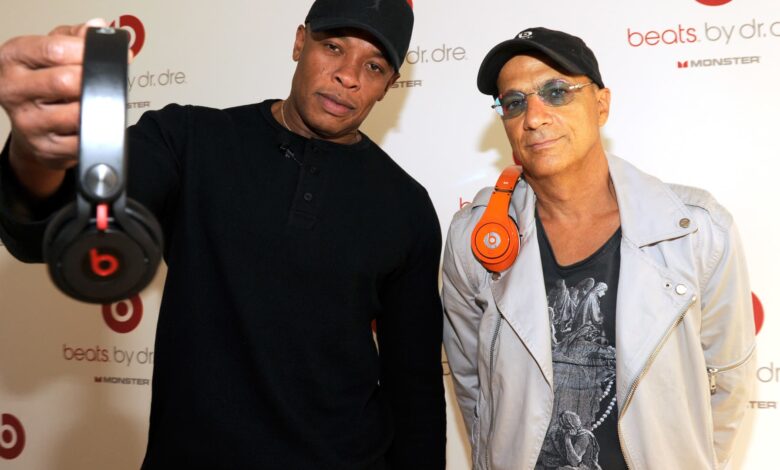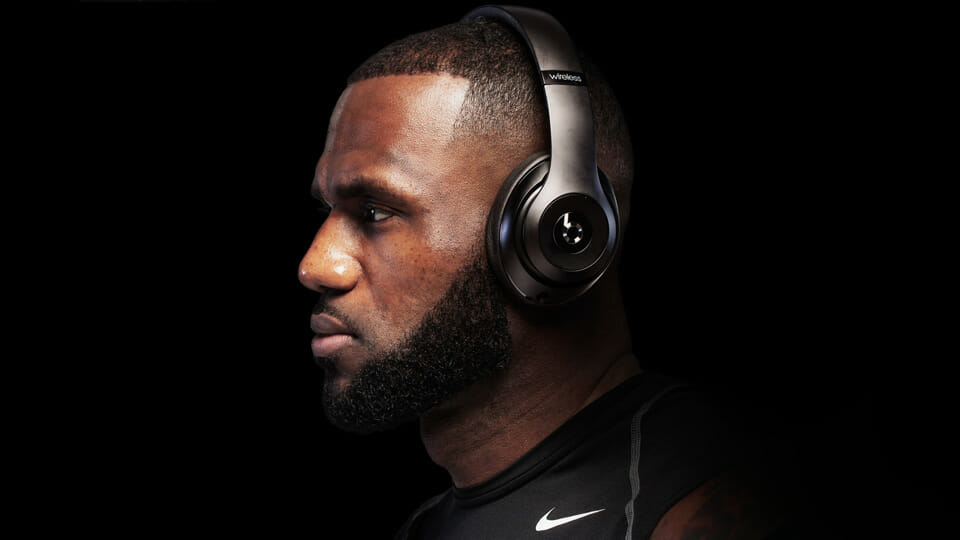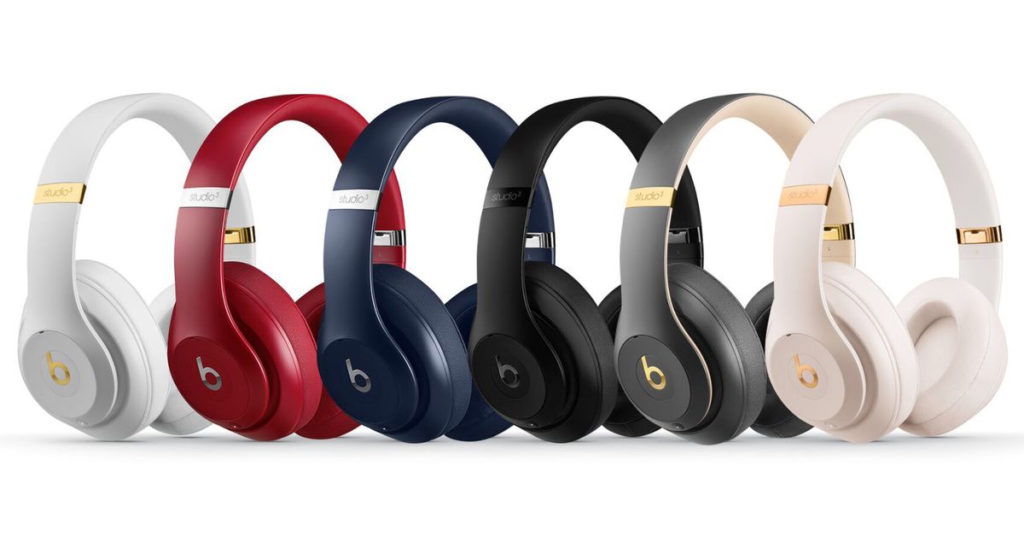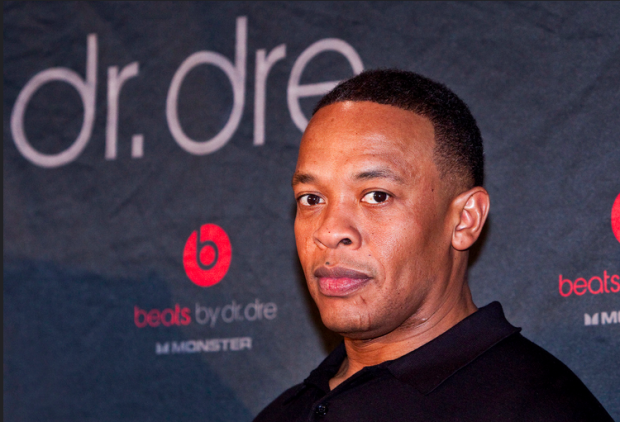From the Top of the Charts to Background Noise: The Rise and Fall of Beats by Dre

From the Top of the Charts to Background Noise: The Rise and Fall of Beats by Dre. Beats by Dre—a name synonymous with premium headphones and cultural influence—once dominated the audio industry, blending cutting-edge technology with street-savvy marketing. Founded by music moguls Dr. Dre and Jimmy Iovine in 2006, the brand skyrocketed to fame, revolutionizing how we think about headphones. Yet, despite a historic $3 billion acquisition by Apple in 2014, Beats gradually lost its grip on the market. This is the story of its meteoric rise, subsequent decline, and the lessons entrepreneurs can learn from its journey.
The Birth of Beats: A Brand Rooted in Authenticity
In the early 2000s, Dr. Dre recognized a gap in the audio industry. He famously lamented, “People aren’t hearing all the music,” frustrated by how low-quality headphones undermined his studio work. Enter Jimmy Iovine, a marketing genius with connections spanning the music and tech industries. Together, they envisioned Beats by Dre as more than just headphones—it was a lifestyle.
Key strategies included:
- Celebrity Endorsements: Beats infiltrated pop culture through partnerships with artists like Lady Gaga and athletes like LeBron James. The now-iconic image of Olympic athletes donning Beats before events cemented its cool factor.
- Street Credibility: Dr. Dre’s name carried weight in music and urban culture, giving the brand authenticity and aspirational appeal.
- Premium Pricing: By positioning itself as a luxury brand, Beats made its $300 headphones a status symbol.

The Growth Era: Bold Marketing and Global Expansion
Beats didn’t just sell headphones—it sold experiences. Marketing campaigns like The Game Before the Game during the 2014 FIFA World Cup leveraged emotional storytelling and featured global icons, resonating with diverse audiences.
Expansion highlights included:
- Product Innovation: Beats Studio became the flagship product, offering noise cancellation and sleek aesthetics.
- Retail Domination: The brand expanded into big-box stores and e-commerce, ensuring visibility.
- Streaming Service Launch: In 2012, Beats Music aimed to capitalize on the growing demand for music streaming, anticipating a shift in consumer behavior.
The Apple Acquisition: Peak Success or Foreshadowing Decline?
In 2014, Apple purchased Beats for $3 billion, a move that signaled the brand’s apex. Apple integrated Beats into its ecosystem, using its expertise to refine the product line and rebrand its streaming service into what we now know as Apple Music.
While the acquisition was initially seen as a win-win, challenges emerged:
- Competition Intensified: Rivals like Bose, Sony, and emerging brands like Jabra and JBL began offering superior sound quality at competitive prices.
- Apple’s Overshadowing: Beats lost some of its distinct identity as it became part of Apple’s ecosystem. Consumers began associating premium audio with Apple’s AirPods rather than Beats.

The Decline: Fading Cultural Relevance and Technological Gaps
By the late 2010s, Beats faced several challenges:
- Loss of Cool Factor: The brand’s heavy reliance on celebrity endorsements began to feel dated, especially as younger consumers gravitated toward more understated or tech-forward competitors.
- Sound Quality Criticism: Despite its premium price tag, Beats headphones were often criticized for prioritizing bass over balanced sound. Audiophiles and critics flocked to alternatives like Bose and Sony.
- Rise of True Wireless Earbuds: Apple’s AirPods and similar products disrupted the market, shifting consumer preferences away from over-ear headphones.
Lessons for Aspiring Entrepreneurs
The rise and fall of Beats by Dre offers critical takeaways for anyone building a brand:
- Be Authentic: Dr. Dre and Jimmy Iovine built Beats on a foundation of cultural credibility, which resonated with their audience. Never lose sight of what makes your brand unique.
- Invest in Quality: Marketing can generate buzz, but product excellence ensures longevity. Don’t let style outshine substance.
- Adapt or Die: Market leaders must continuously evolve. The failure to pivot in the face of competition and consumer trends can erode dominance.
- Leverage Partnerships, But Stay Independent: Align with bigger entities strategically, but protect your brand’s DNA during collaborations or acquisitions.

Beats by Dre’s story is one of ambition, ingenuity, and the perils of complacency. From its roots in music authenticity to its decline in the face of evolving competition, it’s a case study in both what to emulate and what to avoid. For entrepreneurs, the message is clear: building a brand is a marathon, not a sprint. Staying ahead means constantly listening to your market, innovating boldly, and remaining true to your core identity.




